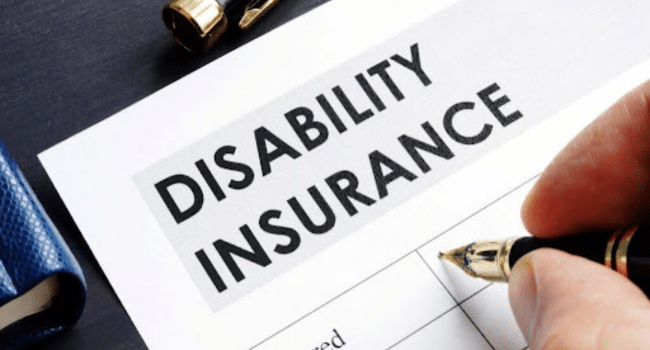Table of Contents
Choosing the right long-term disability plan is crucial for your financial stability. It ensures that you are financially secure if you cannot work due to a disability. Many people do not think about this until it is too late.
A report by the World Health Organization (WHO) estimates that about 1 in every 6 of the world’s population experiences significant disability. To avoid financial struggles during these times, it is crucial to pick a good long-term disability plan. For more detailed guidance, visit sites like www.disabilityadvice.com.
Here’s a simple guide to help you make the best choice when choosing a disability plan.
Understand Your Needs
To choose the right plan, it is important to begin by assessing your needs. Understanding your financial situation will help you determine how much coverage you need. It will also help you decide on the features that are most important in a disability plan. Consider the following factors:
- Income: How much do you earn, and how much would you need if you couldn’t work?
- Expenses: What are your monthly expenses? Think about rent, mortgages, bills, groceries, and other essentials.
- Savings: How long can your savings last if you become disabled?
- Other Resources: Do you have other income sources, like a spouse’s income, investments, or social security benefits?
Factors to Consider When Choosing a Long-Term Disability Policy
When looking for a long-term disability policy, it’s essential to compare different options. Here are the key factors to consider:
Definition of Disability
Different policies define disability in various ways. Some policies only cover you if you cannot perform any job, while others cover you if you cannot perform your current job.
Make sure to choose a policy with a definition that fits your needs. It’s better to have a broader definition that offers more flexibility.
Benefit Period
The benefit period refers to the length of time you will receive benefits if you become disabled. Some policies offer benefits for a few years, while others provide benefits until you reach retirement age.
Longer benefit periods provide more security but may come with higher premiums. Decide how long you need coverage based on your financial situation and career plans.
Waiting Period
The waiting period is how long you must wait after becoming disabled before benefits start. Common waiting periods are 30, 60, 90, or 180 days. Shorter waiting periods mean you receive benefits sooner, but they usually cost more. Consider how long you can manage without income when choosing the waiting period.
Premiums
Premiums are the monthly or annual payments you make for your insurance. They vary based on factors like your age, health, occupation, and the coverage amount. Compare premiums across different policies and choose one that fits your budget. Remember, cheaper premiums might mean less coverage or more exclusions.

Policy Exclusions
Policy exclusions are conditions or situations that the policy does not cover. Common exclusions include:
- Pre-existing conditions
- Certain illnesses
- Injuries caused by risky activities
Carefully read the policy’s exclusions to understand what is not covered. Ensure that the policy covers the conditions you are most concerned about.
Insurer’s Reputation
Choosing a reliable insurance company is important. Read customer reviews to learn about others’ experiences with the insurance company. Also, check if the policy is guaranteed renewable, meaning the insurer cannot cancel your policy as long as you pay the premiums. An insurer with guaranteed renewability provides more security and peace of mind.
Read more on KulFiy
Buying Life Insurance for Your Parents? Here are Things You Need to Know
How To Do Life Insurance – Step By Step Guide
